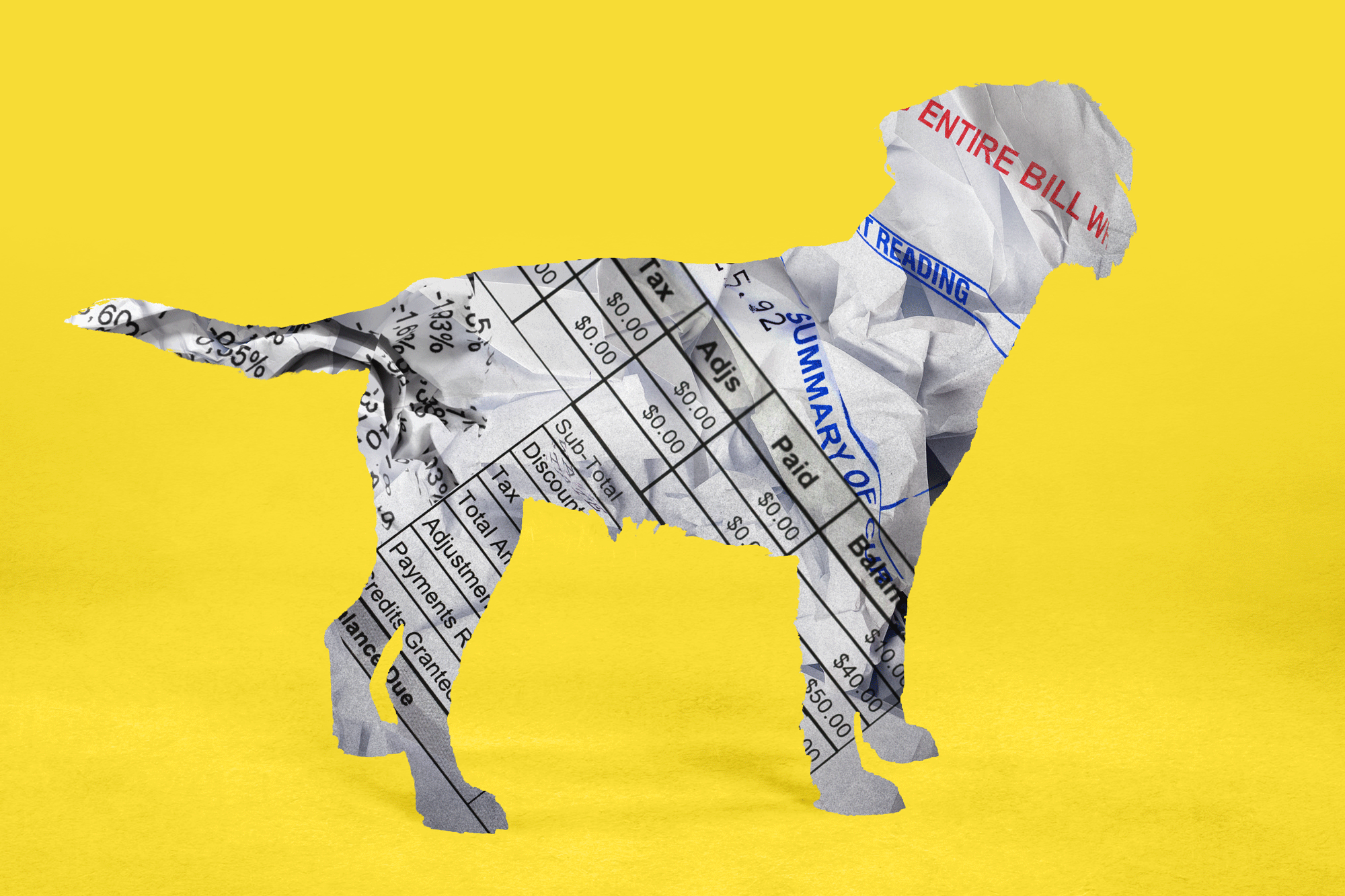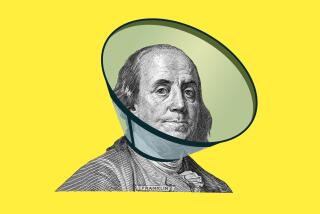Hospital bill is high enough to raise anyone’s blood pressure
A single dose of the anti-anxiety drug lorazepam — the generic version of Ativan — will run you about 14 cents at Safeway or Target.
At Good Samaritan Hospital in Los Angeles, the same pill goes for nearly $2,000.
At least that’s the impression Laurie Leigh came away with after being so overcome with grief when her 90-year-old father died at the hospital that she fainted at his bedside. She subsequently received a pill to soothe her nerves.
Leigh’s insurer, Blue Shield of California, covered about $200 of the bill, leaving her holding the bag for more than $1,700.
Leigh’s experience underlines a problem faced by everyone who interacts with our healthcare system — the inexplicable cost of even the most modest treatment. Patients face a tough challenge in getting a straight answer to the question, “Why so much?”
“Hospitals and doctors don’t like to answer that question because there’s no good answer,” said Jerry Flanagan, staff attorney with the Santa Monica advocacy group Consumer Watchdog. “The answer is that they charge as much as they think they can get away with.”
It’s worth noting that Leigh’s $1,952 bill was aside from the bill for about $100,000 that her father ran up over several weeks, until he was disconnected from a life-support machine.
All things considered, you’d think any hospital would do whatever it could to assist bereaved family members and wouldn’t be tempted to reach deeper into their pockets.
Makes you also wonder what part of the Good Samaritan story Good Samaritan Hospital doesn’t understand.
Leigh, 57, told me that when her father died in February, she was so stricken that she collapsed briefly into a family member’s arms. She came to as she was being moved by wheelchair into Good Samaritan’s emergency department.
In the ER, Leigh said, her blood pressure was measured — it was a little high — and she was given the pill to help her relax. She then waited about 90 minutes on a bed until she felt calm enough to leave.
“My blood pressure went down and that was it,” Leigh recalled.
The nearly $2,000 hospital bill arrived last month. It didn’t itemize any charges. It just said, “Type of service: Emergency.”
“I thought, ‘You’ve got to be kidding,’” Leigh said. “This is crazy.”
She contacted Good Samaritan. A representative of the billing department said the charge was accurate and offered only to work out a payment plan.
“You’d think they could show at least a little compassion,” Leigh said.
Even factoring in the costs of the wheelchair ride down the hall, the nurse who took Leigh’s blood pressure and whatever expense can be attached to waiting around for an hour and a half, it’s hard to see how a hospital would try to turn the screws on someone whose father had just died in the facility.
Moreover, why wouldn’t it break down specific charges on the bill? The only reason, it would seem, is that the hospital doesn’t want patients knowing the insane prices they’re being charged.
Good Samaritan was more forthright with Leigh’s insurer, Blue Shield.
The hospital’s insurance claim shows that it charged about $232 for the blood-pressure exam and $19.54 for the pill. The bulk of the bill — $1,700 — was for just setting foot in the emergency room.
The average registered nurse makes $26.66 an hour, according to PayScale.com. It’s hard to see how that jibes with charging $232 for a blood-pressure exam that couldn’t have taken more than a few minutes.
The price-comparison website GoodRx says 1 milligram of generic lorazepam costs about 14 cents at Safeway and Target, 18 cents at Kroger Pharmacy and 19 cents at Walgreens.
At nearly $20 a pill, Good Samaritan imposed a markup of more than 14,000% — a healthy profit margin by anyone’s reckoning.
As for the ER charge, a hospital obviously has fixed costs for maintaining emergency services. But $1,700 just for a routine blood-pressure test, a pill and the use of a bed for 90 minutes? That seems pretty steep.
Katrina Bada, a Good Samaritan spokeswoman, expressed condolences to Leigh and her family. But she said the nearly $2,000 bill was justified because “this was not a 10-minute office visit to receive a simple medicine.”
“She was admitted for care in our emergency room, where she was evaluated, and then observed over the course of one and one half hours because of her condition,” Bada said. “She did receive medication and was discharged only after her condition improved and she was determined to be safe to discharge.”
She said Leigh’s bill didn’t reflect just having her blood pressure taken or receiving a pill, “but also the staffing, facilities and infrastructure to deliver the items.”
The $1,700 ER charge, Bada said, “is consistent with the charges assessed by other hospitals in our area.” She said that if patients want itemized bills, they can ask for them.
Flanagan at Consumer Watchdog said hospitals used to hit insured patients with sky-high charges to help subsidize treatment of the uninsured — a practice known as cost shifting.
“They don’t have that excuse anymore because we now have the Affordable Care Act,” he said, referring to the federal program that requires most people to have coverage and helps pay the monthly premiums of those requiring financial assistance.
“Now it’s just straight-up profiteering,” Flanagan said.
If you encounter a bill that seems to defy gravity, don’t be shy about asking questions. Request that the bill be itemized. Also ask for a supervisor who may be in a position to offer a discount.
If that gets you nowhere, consider contacting a patient advocate. These are professionals who generally understand the ins and outs of medical billing and can help negotiate lower prices.
It’s an unlicensed profession, so confirm services and prices in advance. You might begin your search for help using the directory of the Alliance of Professional Health Advocates, a trade group.
California, like most states, doesn’t regulate hospital prices. But an outrageously sky-high bill could be reported to the state attorney general as a possible unfair business practice.
Finally, one last bit of advice based on Leigh’s experience: If you’re ever in a hospital, don’t get sick.
David Lazarus’ column runs Tuesdays and Fridays. he also can be seen daily on KTLA-TV Channel 5 and followed on Twitter @Davidlaz. Send your tips or feedback to [email protected].
More to Read
Inside the business of entertainment
The Wide Shot brings you news, analysis and insights on everything from streaming wars to production — and what it all means for the future.
You may occasionally receive promotional content from the Los Angeles Times.











